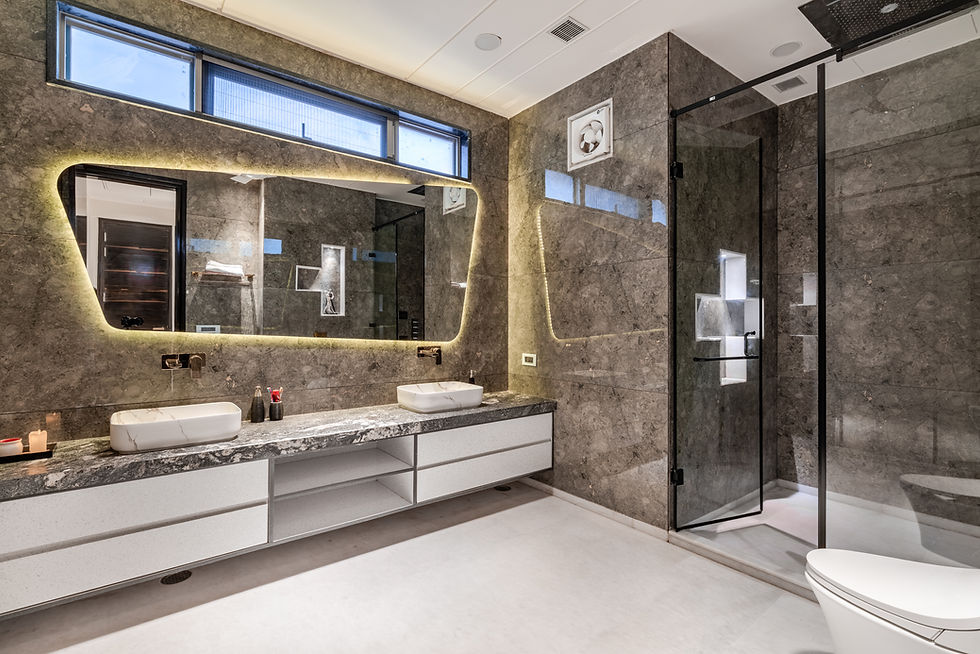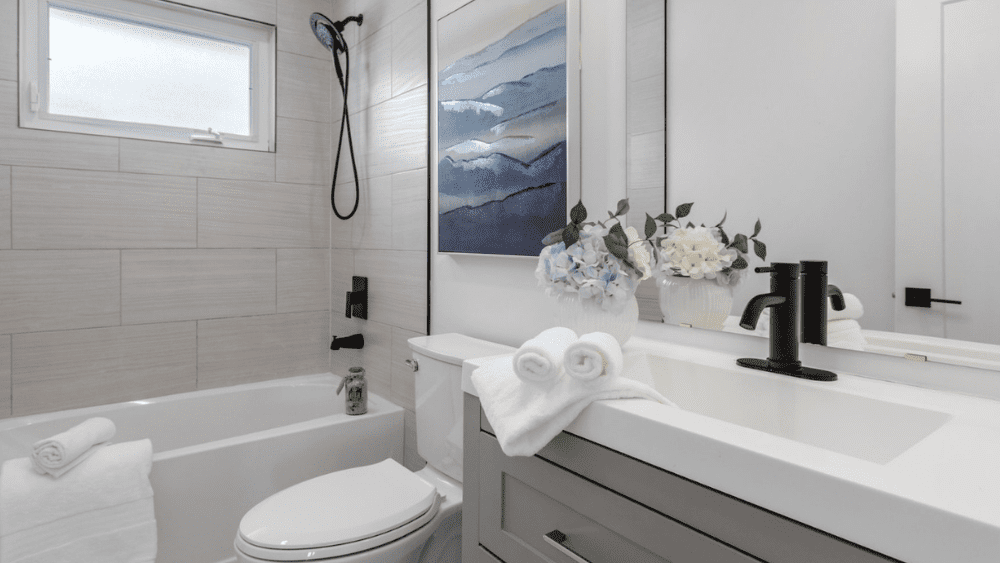
How to Reduce Water Bills with Toilets: Smart Savings for Every Home
Share
As a tech professional or enthusiast, you know that technology can solve many of our daily challenges. One area where tech can play a significant role is in reducing water consumption, specifically through the use of modern toilets. In this article, we'll explore how to reduce water bills with toilets by leveraging technology and smart choices. You'll discover practical solutions, from upgrading to high-efficiency toilets to incorporating IoT technologies, that can significantly cut your water usage and save you money.

Understanding the Impact of Toilets on Water Bills
Toilets account for a significant portion of household water usage. According to the Environmental Protection Agency (EPA), toilets alone are responsible for nearly 30% of an average home's water consumption. This makes them a prime target for water-saving initiatives. By understanding the impact of toilets on your water bills, you can make informed decisions to reduce your water usage.
Upgrade to High-Efficiency Toilets
One of the most effective ways to reduce water bills is to upgrade to a high-efficiency toilet (HET). These toilets use significantly less water per flush compared to older models. The EPA's WaterSense program certifies toilets that use 20% less water than the current federal standard of 1.6 gallons per flush. By switching to a WaterSense-certified toilet, you can save thousands of gallons of water each year. For a comprehensive guide on how to install a water-saving toilet, visit Wagner Mechanical's guide.
Smart Toilets and IoT Integration
For tech enthusiasts, integrating Internet of Things (IoT) technology into your bathroom can further optimize water usage. Smart toilets equipped with sensors can tailor water usage based on the specific needs of each flush. Some models even offer app connectivity, allowing you to monitor and control water usage remotely. This not only helps to conserve water but also provides valuable insights into your consumption patterns.
Dual-Flush Systems: A Flexible Solution
Dual-flush toilets offer a flexible solution for reducing water bills. These systems provide two flush options: a full flush for solid waste and a reduced flush for liquid waste. This allows you to use less water without compromising performance. For more information on the differences between low-flow and dual-flush systems, check out our article on differences between low-flow and dual-flush toilets.
Regular Maintenance and Leak Detection
Even the most efficient toilet won't save water if it's leaking. Regular maintenance and timely leak detection are crucial for minimizing water waste. Simple steps like checking for leaks and replacing faulty components can prevent unnecessary water loss. Some smart toilets come with built-in leak detection features, alerting you to issues before they escalate.
Additional Ways to Conserve Water
Beyond upgrading your toilet, there are other ways to conserve water in the bathroom. Installing a low-flow showerhead and faucet aerators can significantly reduce water usage. Additionally, being mindful of your water habits, such as turning off the tap while brushing your teeth, can contribute to overall savings. For a complete guide on creating a water-efficient bathroom, see our article on installing a water-efficient bathroom.
Conclusion: Embrace Technology for Sustainable Living
By understanding how to reduce water bills with toilets, tech professionals and enthusiasts can make a positive impact on the environment while saving money. Embracing high-efficiency toilets, smart technologies, and regular maintenance are key strategies for achieving a more sustainable lifestyle. Whether you are upgrading your bathroom or simply being more conscious of your water usage, every effort counts towards a greener future.

FAQs
How much water can I save by upgrading to a high-efficiency toilet?
Switching to a high-efficiency toilet can save you about 4,000 gallons of water per year, depending on your household usage patterns.
Are smart toilets worth the investment?
Smart toilets can provide significant water savings and convenience, making them a worthwhile investment for tech enthusiasts who prioritize sustainability.
How can I detect leaks in my toilet?
You can detect leaks by adding a few drops of food coloring to the toilet tank. If the color appears in the bowl without flushing, you have a leak.
This article contains affiliate links. We may earn a commission at no extra cost to you.
